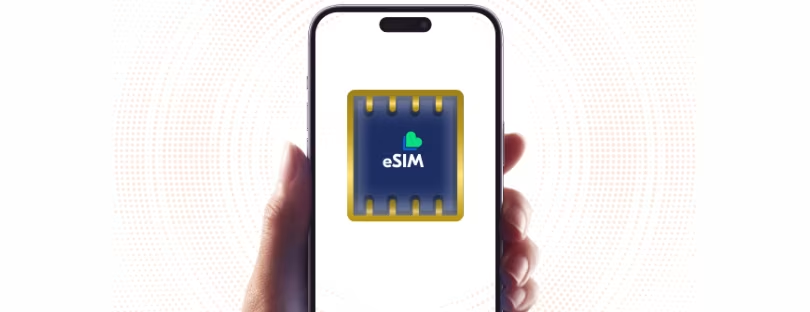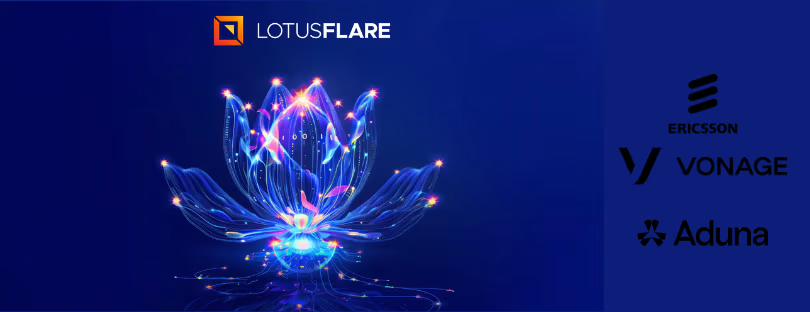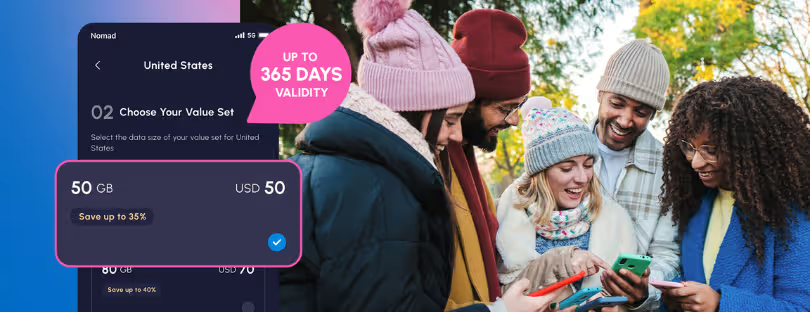
iPhone 17 & Lyca Mobile eSIM: The Future of Contract-Free Connectivity
When Apple unveiled the iPhone 17 lineup on September 19, most of the headlines focused on hardware: a thinner chassis, ProMotion displays across the board, and Apple’s cleanest design language yet. But for many new owners, the real breakthrough wasn’t the phone itself—it was how they got connected.
Lyca Mobile’s eSIM plans quietly stole the spotlight by offering iPhone 17 buyers what they’ve been craving for years: a contract-free, hassle-free way to get online from the very first moment. No paperwork, no waiting for a SIM card in the post. Just scan, connect, and go.
Why This iPhone Launch Felt Different
Apple opened pre-orders on September 12, giving fans a week to decide between four very different devices: the ultra-light iPhone 17 Air, the mainstream iPhone 17, the Pro, and the Pro Max. The lineup felt more tailored than ever before.
Yet as soon as the first buyers unboxed their devices, another need quickly emerged. The iPhone is no longer just about cameras or screen size—it’s about how seamlessly it connects to the world. That’s where Lyca Mobile’s eSIM step-in felt perfectly timed.
The Rise of SIM-Only Freedom
For years, buying an iPhone in the UK (and much of Europe) meant being tied to a 24-month contract with a major operator. The phone wasn’t just a gadget—it was a bundle, locked to a provider, with upgrade pressure kicking in long before Apple stopped supporting the device.
The iPhone 17 exposed how outdated that model feels in 2025. Why commit to two years when Apple now supports devices for five or six? Why pay extra for bundled “perks” when streaming subscriptions and cloud storage can be bought directly?
Lyca’s SIM-only and eSIM-first approach matched the way people actually use their phones. Buy the device you want outright, then pick a network plan that fits your real habits—whether that’s heavy travel, flexible data, or just the cheapest option that works.
A Faster Start: eSIM Before the iPhone Arrives
One of the best parts of Lyca Mobile’s iPhone 17 play was the timing. Customers could activate an eSIM before their phone even arrived. A QR code landed in their inbox, and as soon as they unboxed their iPhone 17, the connection was live.
For anyone who remembers iPhone launch weekends—long queues, shipping delays, and the ritual of waiting for a SIM card—this was revolutionary. It turned the setup process into something almost invisible. Apple-like, even.
Dual-SIM That Fits Real Life
Every iPhone 17 supports both physical and digital SIMs, and Lyca leaned hard into that flexibility. Plenty of users kept their existing number on a physical SIM while adding a Lyca eSIM for international data or work calls.
Frequent flyers in particular found this useful. Lyca’s EU roaming coverage meant they could step off a plane in Madrid, Paris, or Berlin and have data instantly. No fiddling with airport kiosks, no worrying about roaming charges from a domestic provider.
This dual-SIM lifestyle has quietly become one of the most important features in modern iPhones. And with business travelers increasingly adopting the Pro and Pro Max models, it wasn’t just a perk—it was a necessity.
Long-Term Device Support, Short-Term Contracts
Apple’s commitment to multi-year software support highlights a mismatch in the industry: iPhones stay fresh far longer than the contracts they’re sold with. That disconnect pushes users into unnecessary upgrades, whether they need them or not.
Lyca’s monthly and pay-as-you-go options realign that balance. If you’re keeping your iPhone 17 Air for four years, why shouldn’t your network plan be just as flexible? And if 5G coverage in your area changes, why shouldn’t you be able to switch with a single scan?
This is exactly the type of consumer control regulators across Europe have been calling for. The European Commission has already signaled its support for eSIM adoption, noting in a 2024 telecom review that digital SIMs could “enhance consumer choice and reduce switching costs.”
Pricing That Matches Real Priorities
The iPhone 17 may start at around £799 in the UK, but connectivity costs add up fast. Lyca Mobile undercut the major players by running on EE’s 5G infrastructure—one of the strongest networks in the country—while offering plans at a fraction of the traditional contract price.
Global calling was another quiet win. With many Lyca Mobile plans including international minutes as standard, users could make calls abroad without hunting for add-ons or worrying about hidden charges. It’s a small but powerful shift, especially for globally connected iPhone buyers.
Easy Setup, Seamless Experience
The process of activating Lyca’s eSIM on an iPhone 17 took less than five minutes. Users scanned a QR code, and iOS did the rest—adding the line, setting up data, and letting customers configure dual-SIM preferences.
That ease matters. For years, switching networks was something only the most persistent consumers dared to attempt. Now it’s as frictionless as downloading an app.
The Bigger Picture: Where Lyca Fits in the eSIM Race
Lyca isn’t alone here. Other players like Airalo, Holafly, and Nomad have been building global eSIM businesses on the back of travel demand. Meanwhile, mobile-first operators like Giffgaff and SMARTY have been pushing no-contract, online-only models.
But what makes Lyca’s iPhone 17 push stand out is its hybrid identity: not just a travel eSIM provider, and not just a domestic budget operator. By combining EE’s network strength with international-friendly plans, Lyca has carved out a sweet spot between big telcos and pure-play eSIM startups.
According to GSMA Intelligence, eSIM penetration in smartphones is set to hit 60% globally by 2027, up from just 20% in 2023. Apple has been one of the strongest drivers of that growth—especially since moving to eSIM-only iPhones in the US. The iPhone 17, available worldwide, shows that shift is accelerating.
Conclusion: iPhone 17 + Lyca eSIM Is a Snapshot of the Future
The iPhone 17 represents Apple’s vision of hardware: sleek, powerful, and built for longevity. Lyca Mobile’s eSIM plans represent the new vision of connectivity: fast to activate, easy to manage, and unshackled from contracts.
Together, they paint a picture of where the market is heading. A world where your phone lasts half a decade, your network can change in minutes, and international roaming doesn’t require a second mortgage.
Compared to rivals, Lyca still has work to do in global eSIM breadth—Airalo and Nomad cover more countries. But for users in the UK and across Europe, the balance of strong domestic coverage and international-friendly perks is compelling.
If the 2010s were defined by device lock-ins and rigid bundles, the 2020s are shaping up to be the decade of freedom. Apple provided the device. Lyca provided the connection. And consumers, finally, are the ones in control.










